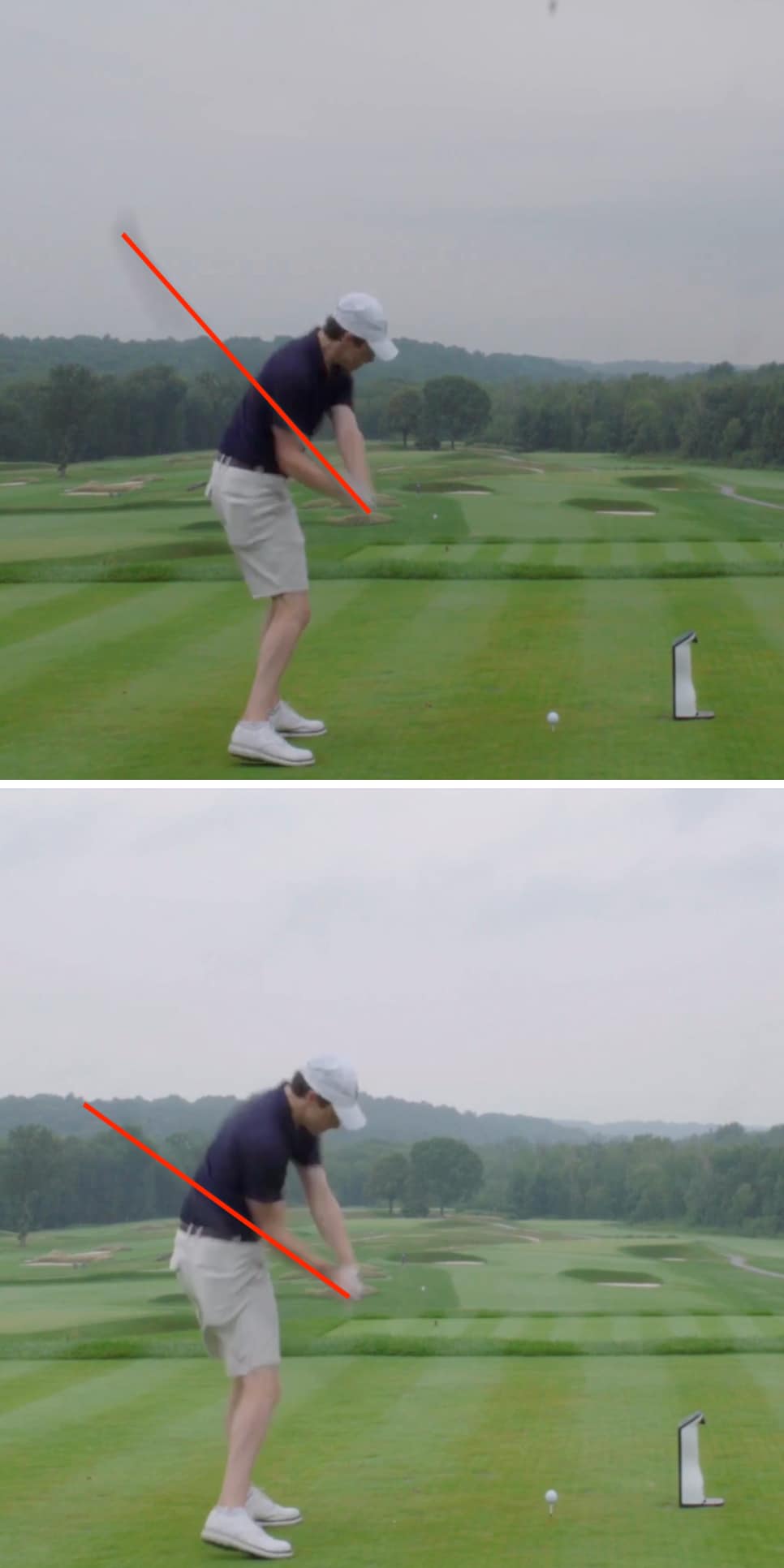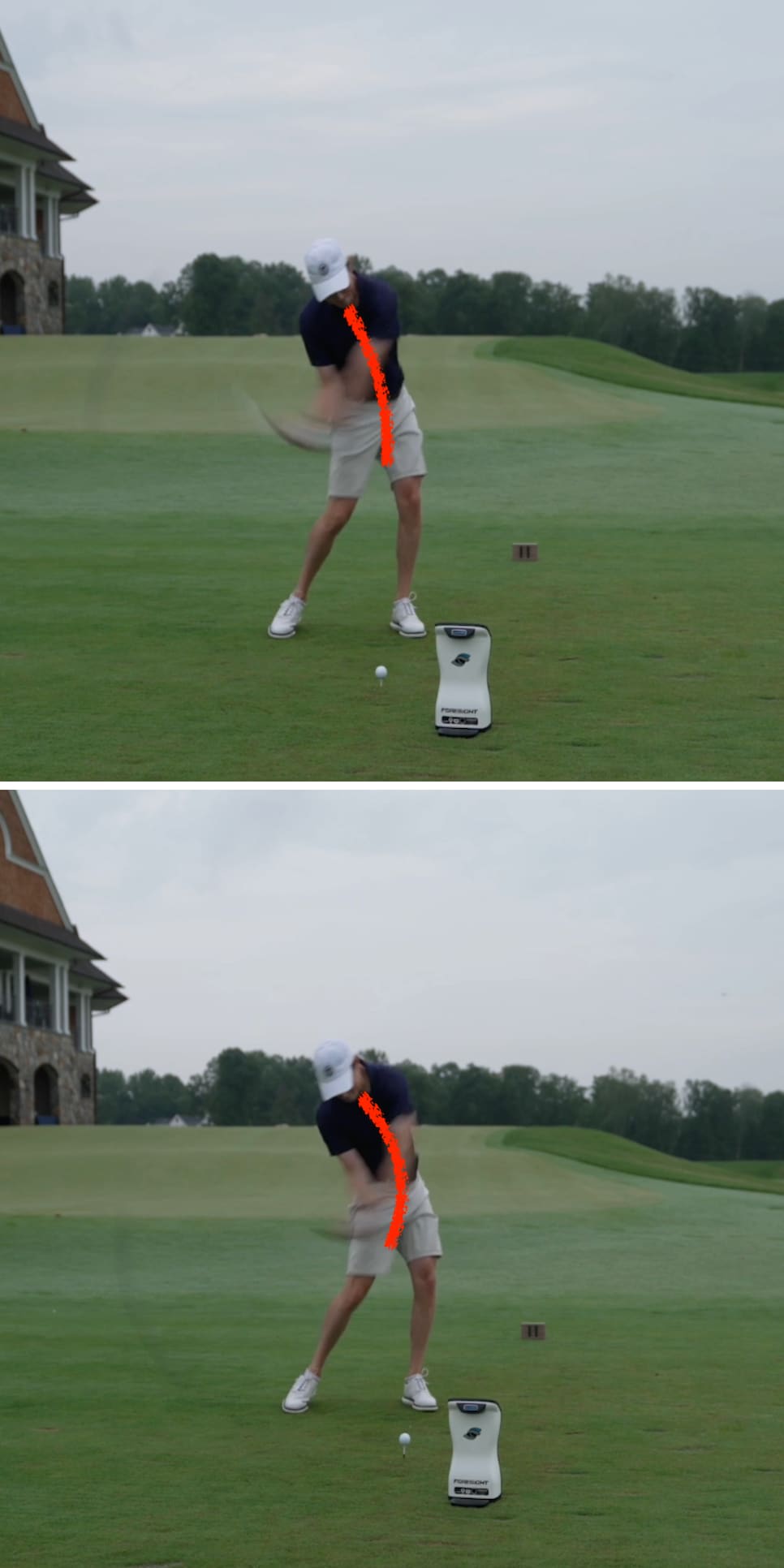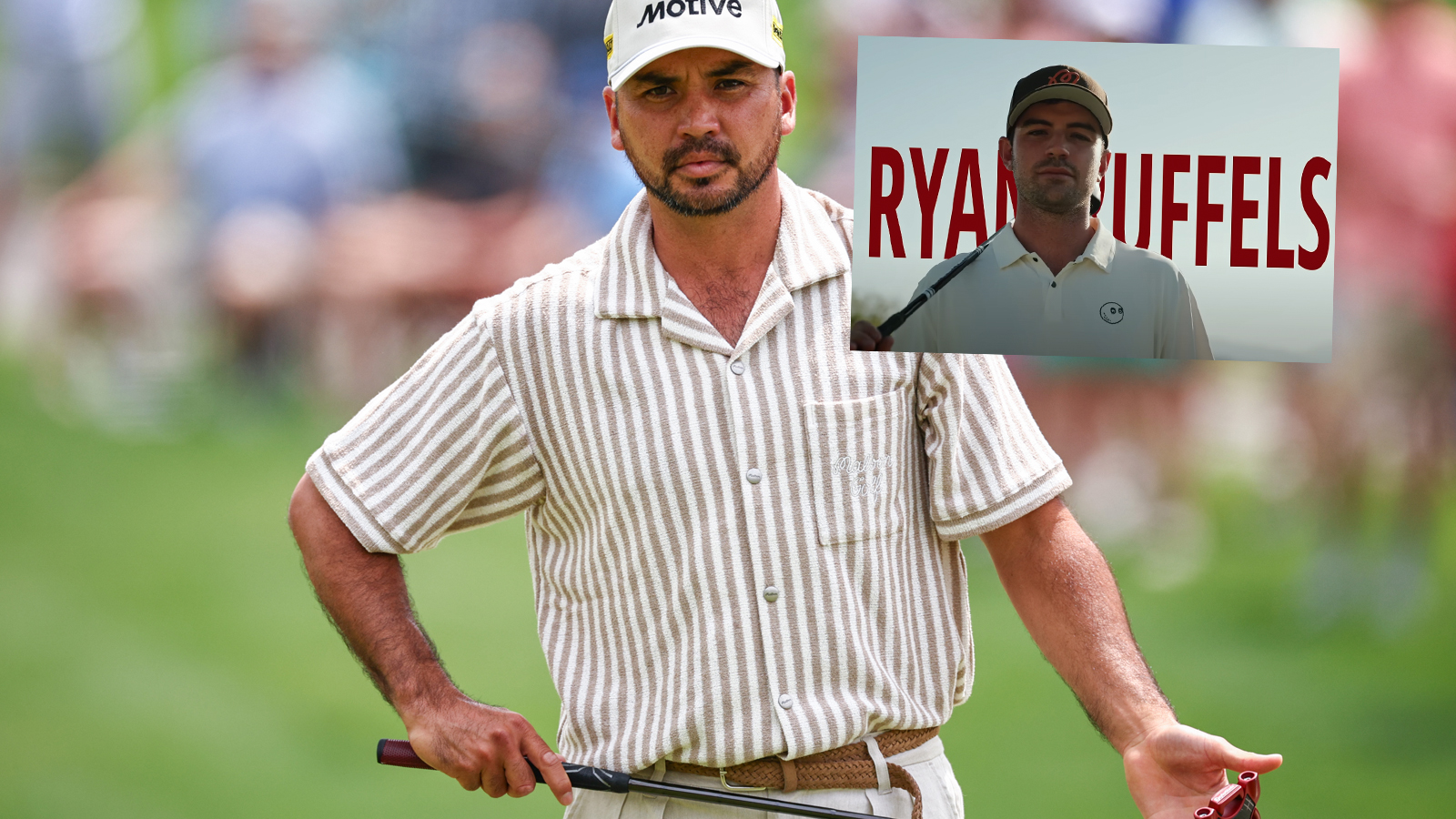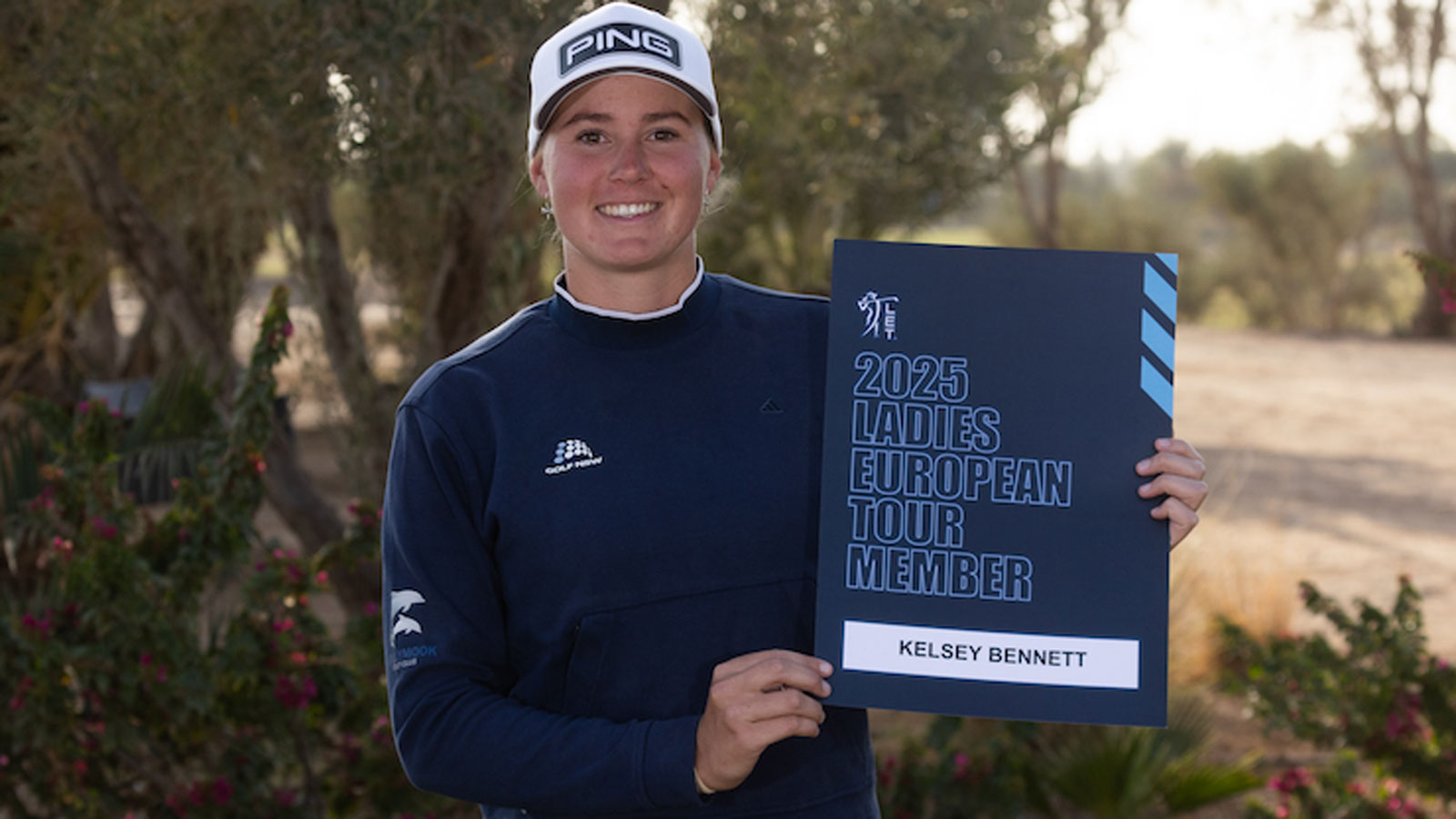Finding your ideal tee height can fix your golf swing. Which is right for you? – Australian Golf Digest

- by Admin
- November 13, 2024

You tee up the ball with a driver 14 (or so) times a round, but are you really paying attention to its height? Whether you tee the ball low or high can have a huge impact on your swing and can either help cure or exacerbate your misses.
As part of our MythBusters series, we recently tested whether tee height affects distance and accuracy. We broke down all the numbers, and you can check the complete results here, but what was also interesting was how the tee height affected my technique.
Changing nothing else except moving from a low to high tee, I made several adjustments, which in turn caused the ball flight to change from a low fade to a high draw. This was expected, as Golf Digest Top 50 Teacher Tony Ruggerio says, “Changing tee height will naturally change some angles coming into impact, which will alter both launch and curve.”
To better understand how tee height affects your golf swing, we caught up with Ruggiero and two Golf Digest Best Young Teachers, Jackson Koert and Morgan Hale. “We love to help people move their bodies better to control the club delivery, and adjusting tee heights can have a natural domino effect on your body motion both in the backswing and coming into the ball,” Hale says.
The high tee: Is it right for you?
Right for: Slicers who tend to be over-the-top, above the plane.
Wrong for: Players who struggle getting stuck, or underneath the plane in the downswing, and who fight hooks.
In our MythBusters test, we saw a significant increase in carry distance with a high tee, so if you’re searching for a few extra yards, a higher tee might help. But perhaps more importantly, a high tee is great for someone who slices the ball, Ruggerio says.
“Teeing the ball high creates an environment to swing the club more in-to-out and up, thus possibly promoting more of a draw pattern,” he says. “We use this a lot for people who are too out-to-in.”
You can see these changes in my two swings with the low tee and high tee. Notice how with the high tee (below), the club matches my right forearm or is slightly under, while with the low tee (above), the club is above my right forearm. The club is traveling more from the inside with the high tee, which allowed me to hit a draw much easier, as Ruggiero notes.
“Taller tee heights make you swing more around your body and shallows out the contact,” Koert says. “In fact, we watched Butch Harmon use this on a student this week.” For those who slice the ball and are constantly over the top, this shallower downswing promotes a more in-to-out swing path that will help you draw the ball.
The reason the club tends to travel more from the inside with a higher tee is because, as Koert says, you are swinging more around your body. Additionally, “the high tee may promote more right-side bend and more tilt away from the target,” Ruggerio says. When your upper body tilts more away from the target, the club drops into the slot, where it approaches the ball from inside the target line.
The low tee: Is it right for you?
Right for: Players who struggle getting stuck, or underneath the plane in the downswing, and who fight hooks.
Wrong for: Slicers who tend to be over-the-top, above the plane.
As you might expect, a low tee height is better for someone who struggles getting the club traveling too far from in-to-out in the downswing. This is called getting “stuck,” and it’s a common issue with better players especially. Players who get stuck tend to hang back with their upper body in the downswing and struggle to get fully to their lead side going through the ball.
“Teeing the golf ball low will keep the club more on top [of the plane] and down into the impact zone, thus creating a lower launch and possibly a fade pattern,” Ruggiero says. “We use this a lot for folks who get the club stuck and too far behind them, or too underneath the plane and in-to-out.”
Remember how the higher tee height promotes more right-side bend, where the upper body tilts away from the target in the downswing? Players who tend to hang back and hit hooks have too much right-side bend, so the lower tee helps them minimize it.
“For people who hang back [in the downswing], I have them do a drill where they tee the ball really low and move it more forward in their stance,” Ruggiero says. “This makes them get their trunk through the ball and cover it more, while also helping get the club more up and on top of the plane coming into the ball.”
For those who struggle with hooks and blocks, a lower tee “promotes more of a level turn into and through the ball,” Hale says, which will straighten out your ball flight by getting the club to travel more down the line and less in-to-out.

You can see this difference in my swing with the low and high tee. Notice how with the low tee (top image), my upper body is more stacked over my lower body, and my head is beginning to turn through the ball. With the high tee (bottom image) my upper body and head are back more and my chin is pointed well behind the ball.
While you want to use the tee height that best suits your swing, all three teachers recognize that if you can learn to hit the ball well with both a low and high tee, that’s ideal. “First, it keeps you neutral and not too biased toward a draw or a fade,” they say. “Second, it will allow you to play different shots into a fairway depending on trouble, wind, doglegs, etc.”
And in many ways that is what the golf swing is all about—finding neutral. We’re all a little too far one way or the other (either too out-to-in or in-to-out), and by changing our tee heights, we can all move closer to the center.
This article was originally published on golfdigest.com
The Latest News
-
December 24, 2024North Lamar Australian Basketball
-
December 24, 2024We asked Golf Digest writers the story they were proudest of in 2024, and why – Australian Golf Digest
-
December 24, 2024Blueprint for success: how Australian architects made the world take notice in 2024
-
December 24, 2024‘Novak Djokovic will only care about the Australian Open and Wimbledon’
-
December 24, 2024PNG-Australia NRL Deal: K1.7 billion economic boost and 10,300 jobs expected





